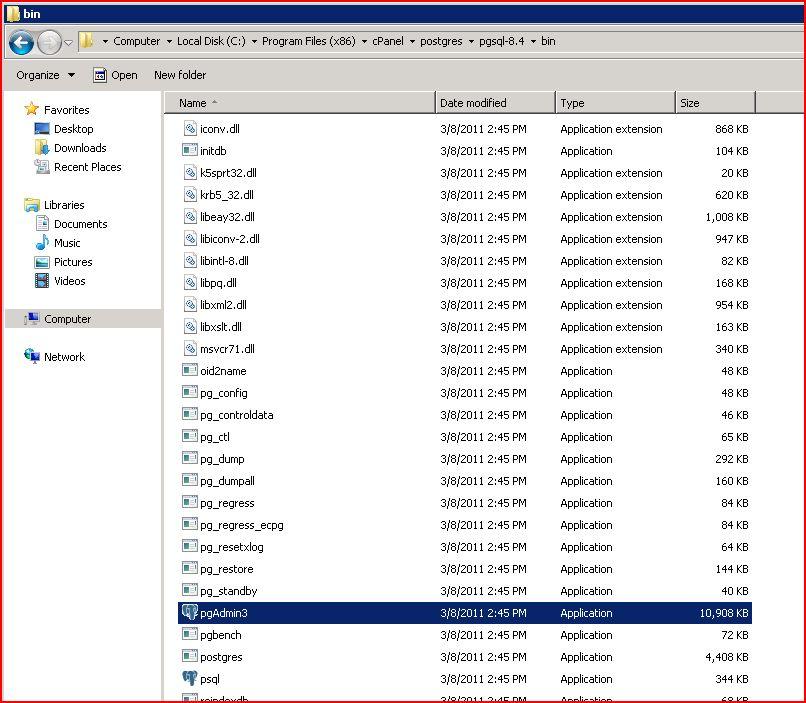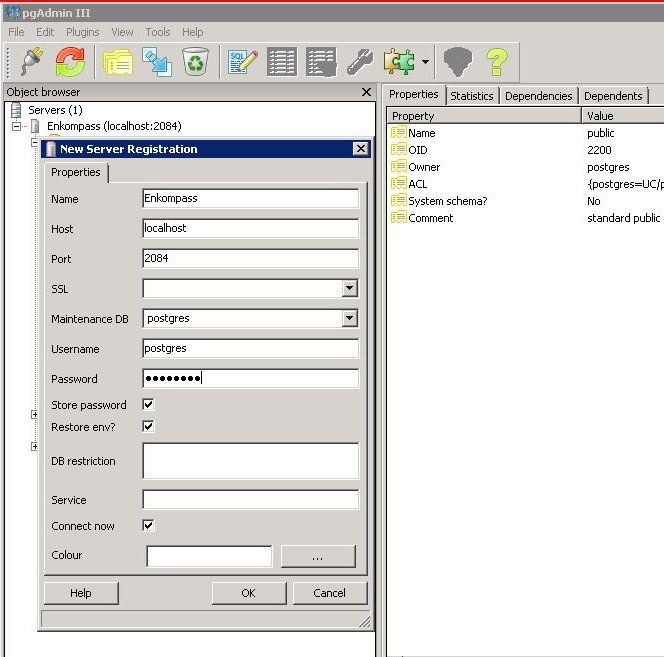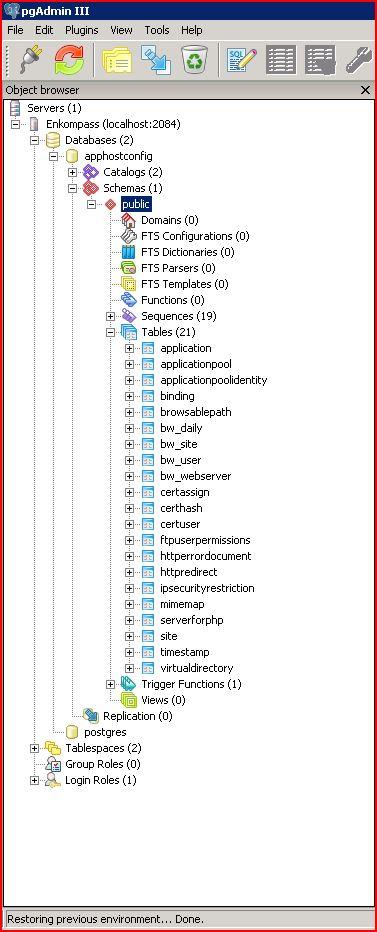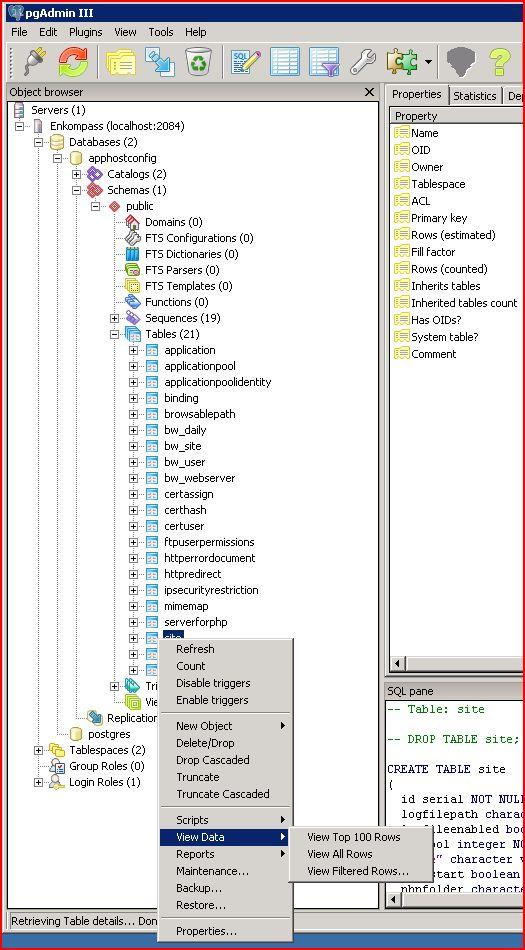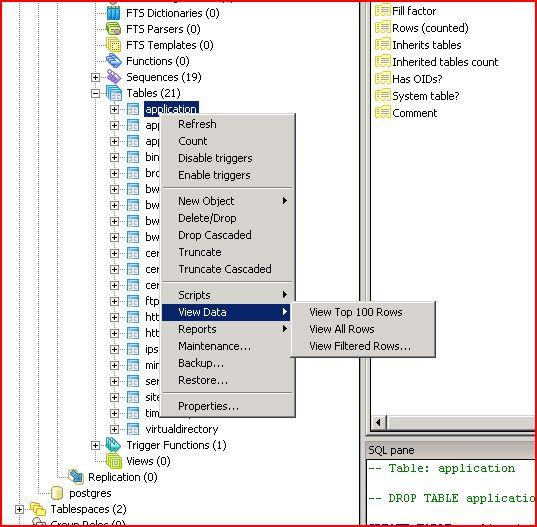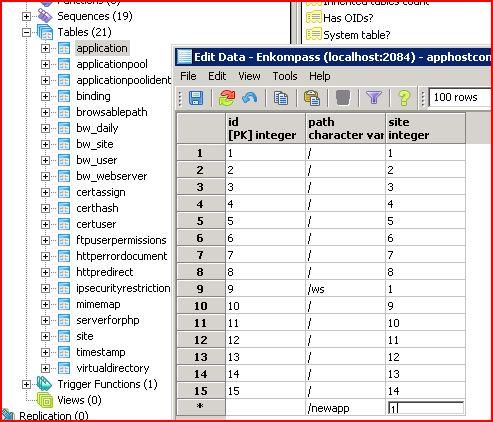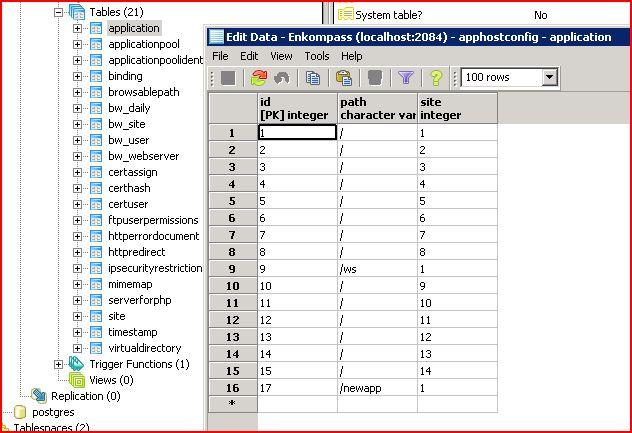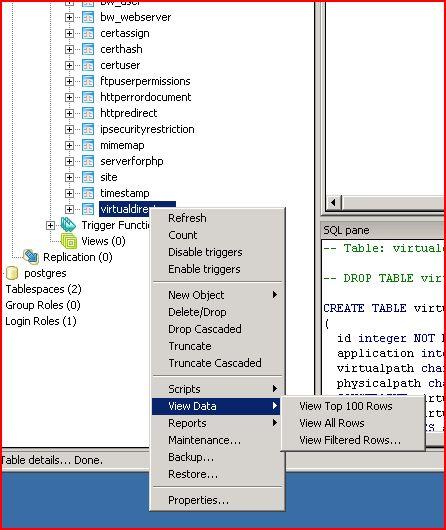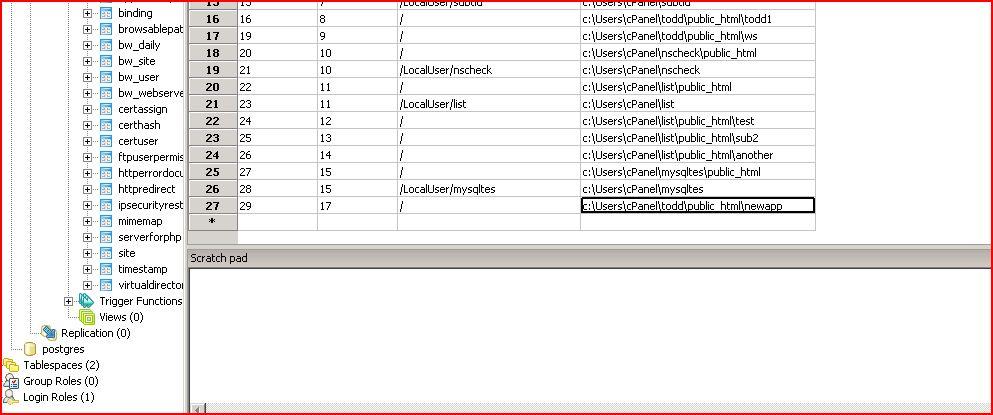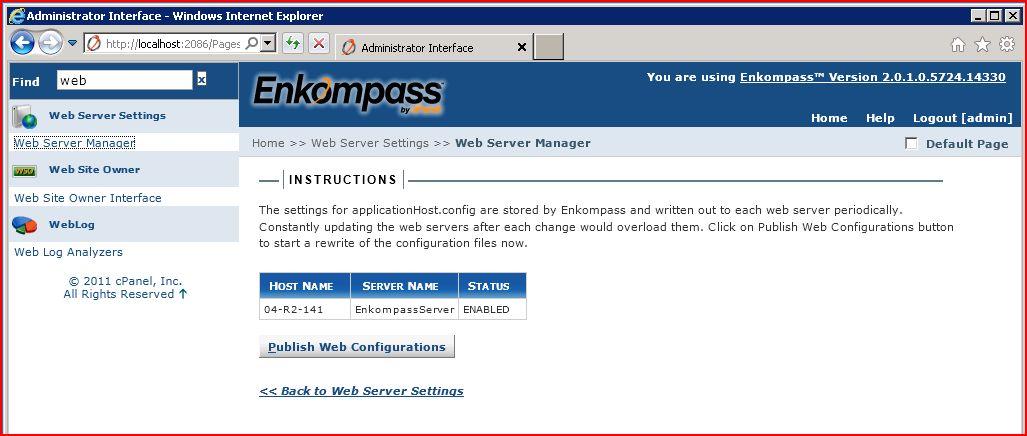There are a few scenarios that may require you to move an Enkompass Datastore or restore a failed Enkompass Datastore. There are a few options that are available, some are painful, some are nice and easy. I will walk through the steps below.
As you know an Enkompass installation is limited to a single datastore. This datastore is most comonly connected to a server and then shared using a UNC share or shared from a NAS device utilizing a UNC share. This UNC share CAN NOT CHANGE regardless if you are moving the data or restoring the data, so keep that in mind while creating your plan.
MOVING A DATASTORE:
- Have the new destination datastore connected to a server that has full access to your source datastore.
- It is very important to retain the permissions of the folder structure so for the move we will use Robocopy to move the data
- Where L: is the source and M: is the destination; Run the command: robocopy L: M: /MIR /COPYALL
- After the command is complete, verify the permissions on the folders by doing a random sampling on all folders in the datastore.
- Once you are satisfied that the copy of data is correct, you can proceed to the final step which is disconnecting the exisitng source datastore and then Share the new datastore. Dont forget to setup the share with the EXACT name as the existing datastore was shared.
- Set the share permissions with Full Control for these 5 groups: Everyone, cpadmin, AllUsersGroup, cPanelFtpAdmin, Domain Admins
- Enable Quota Management on the new datastore.
- I would suggest rebooting all servers after this is completed.
RESTORING A DATASTORE:
- Have the new destination datastore connected to a server that has full access to your Enkompass domain.
- Restore all your data from backup to the new Datastore.
- Once you are satisfied that the copy of data is correct, you can proceed to the final steps below
- Set the share to the EXACT name (UNC Share) as the existing datastore was named.
- Set the share permissions with Full Control for these 5 groups: Everyone, cpadmin, AllUsersGroup, cPanelFtpAdmin, Domain Admins
- Enable Quota Management on the new datastore.
- At this point Enkompass will work, but you will have errors with all your existing sites. Create two test accounts, 1 reseller and 1 child acct of that reseller.
- The painfull part is now going through and setting permissions on all your resored folders to match the settings of the accounts you just created.
- I would suggest rebooting all servers after this is completed.
There are no Guarantees that this documented process will work for every Encompass environment, but it should work for most standard Enkompass setups. Hope this helps those who need it, I like to share what I know. 🙂
